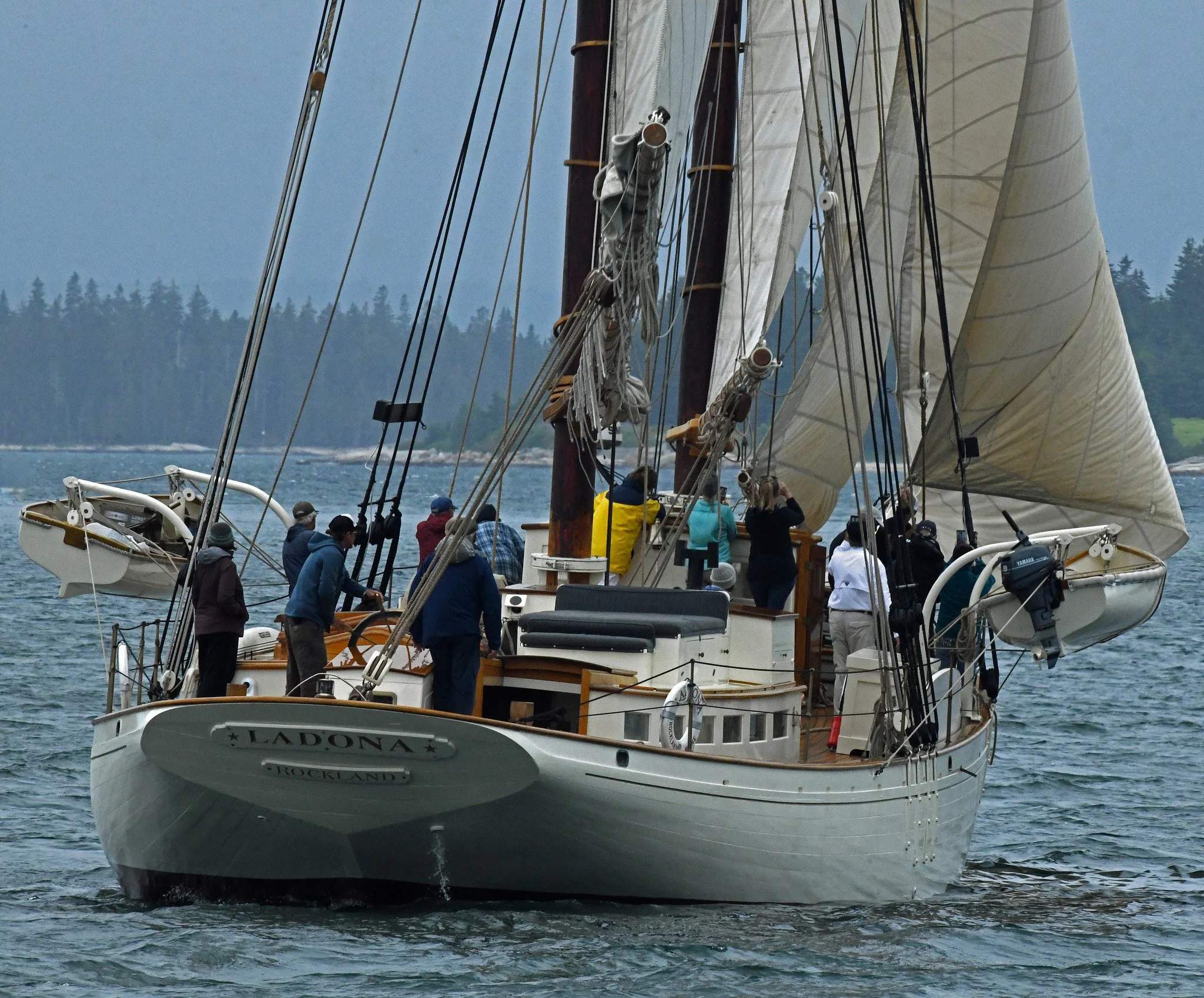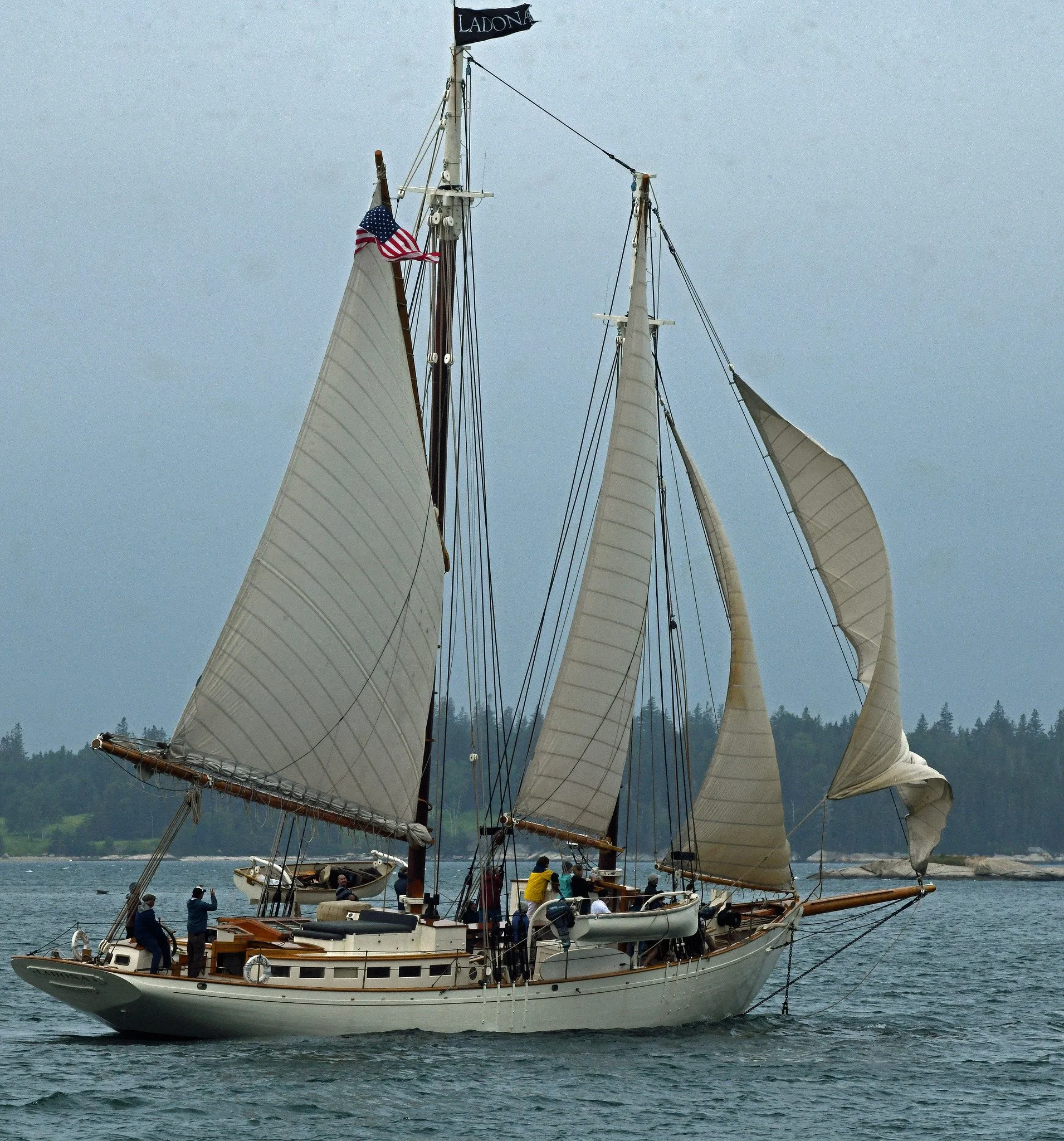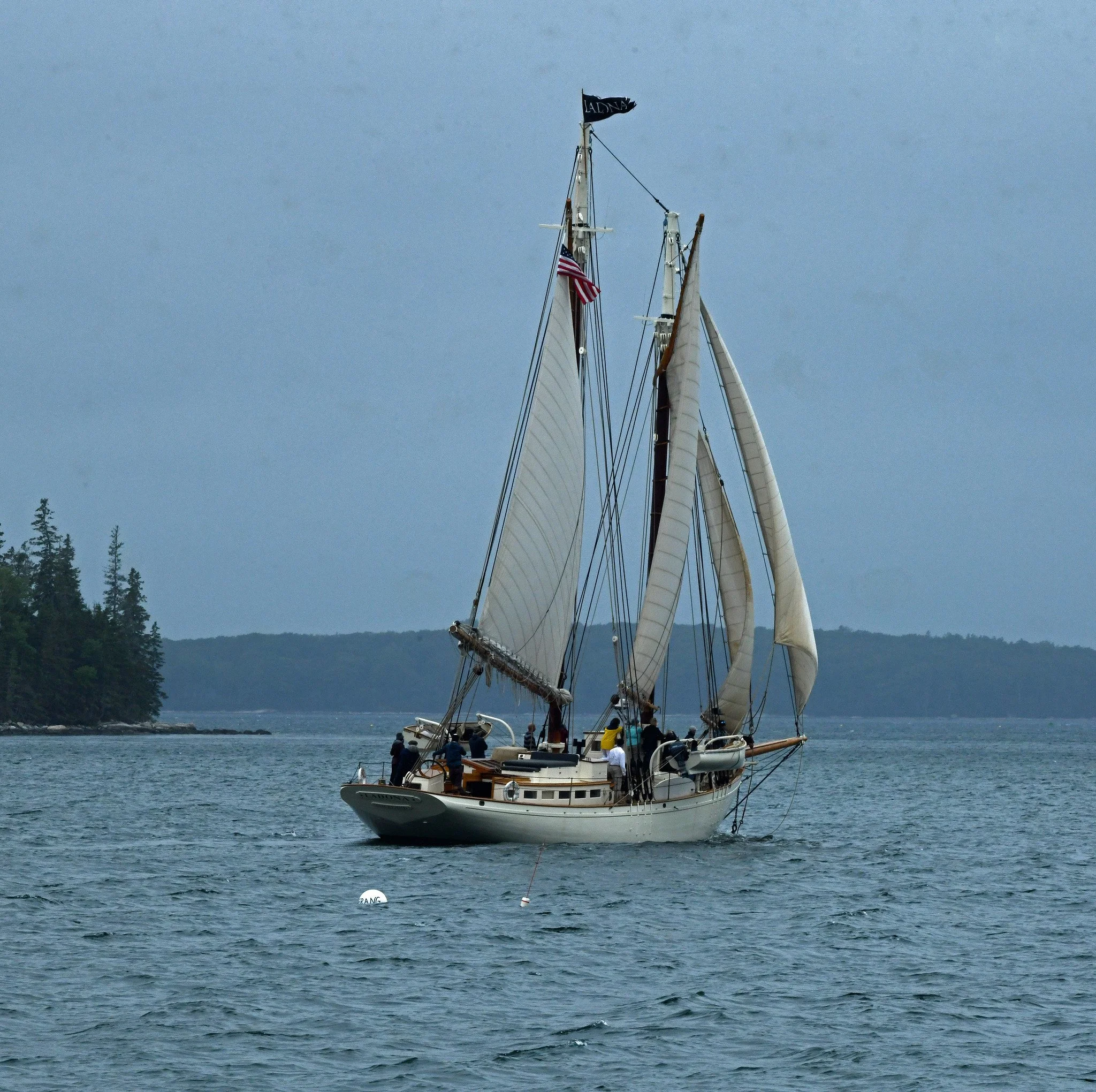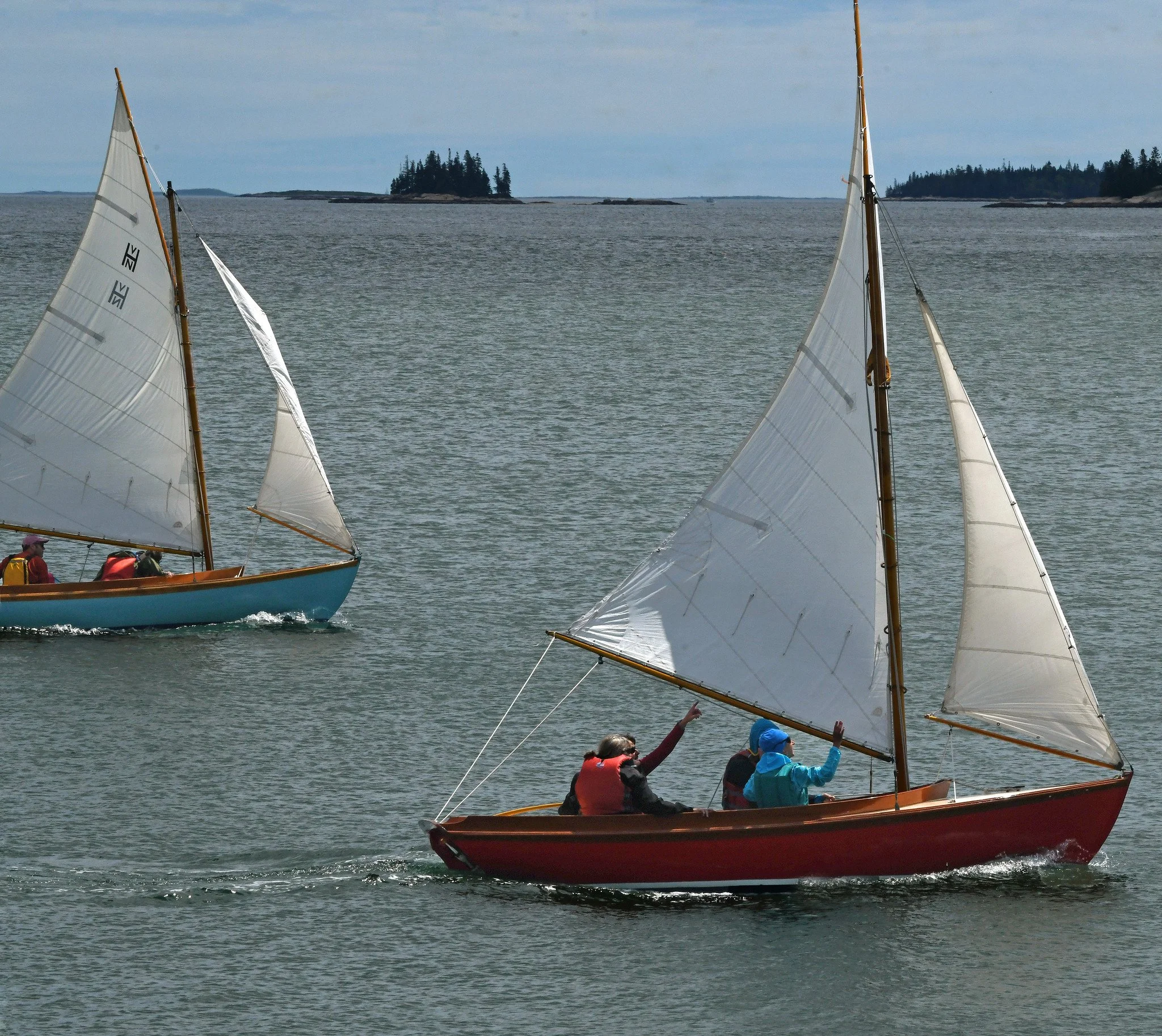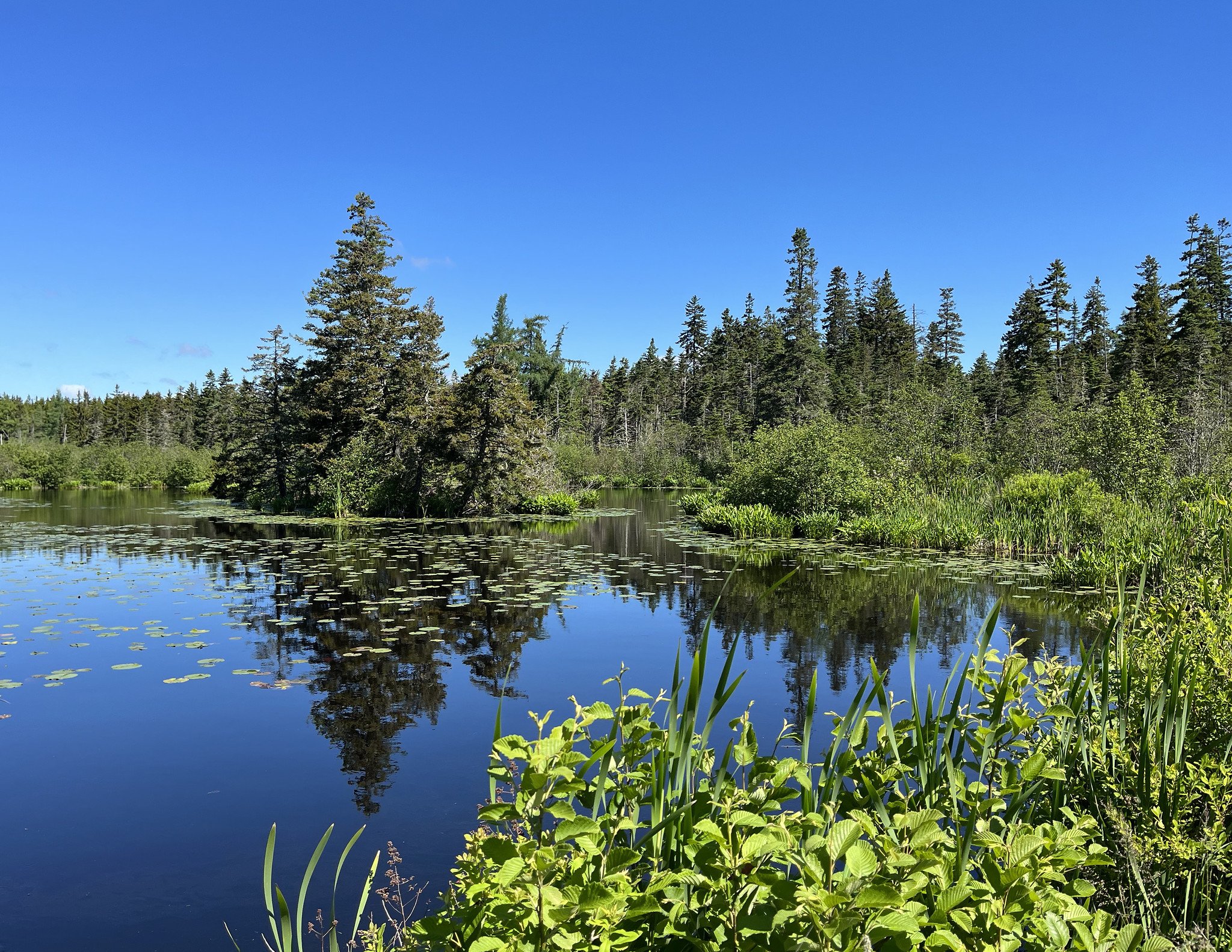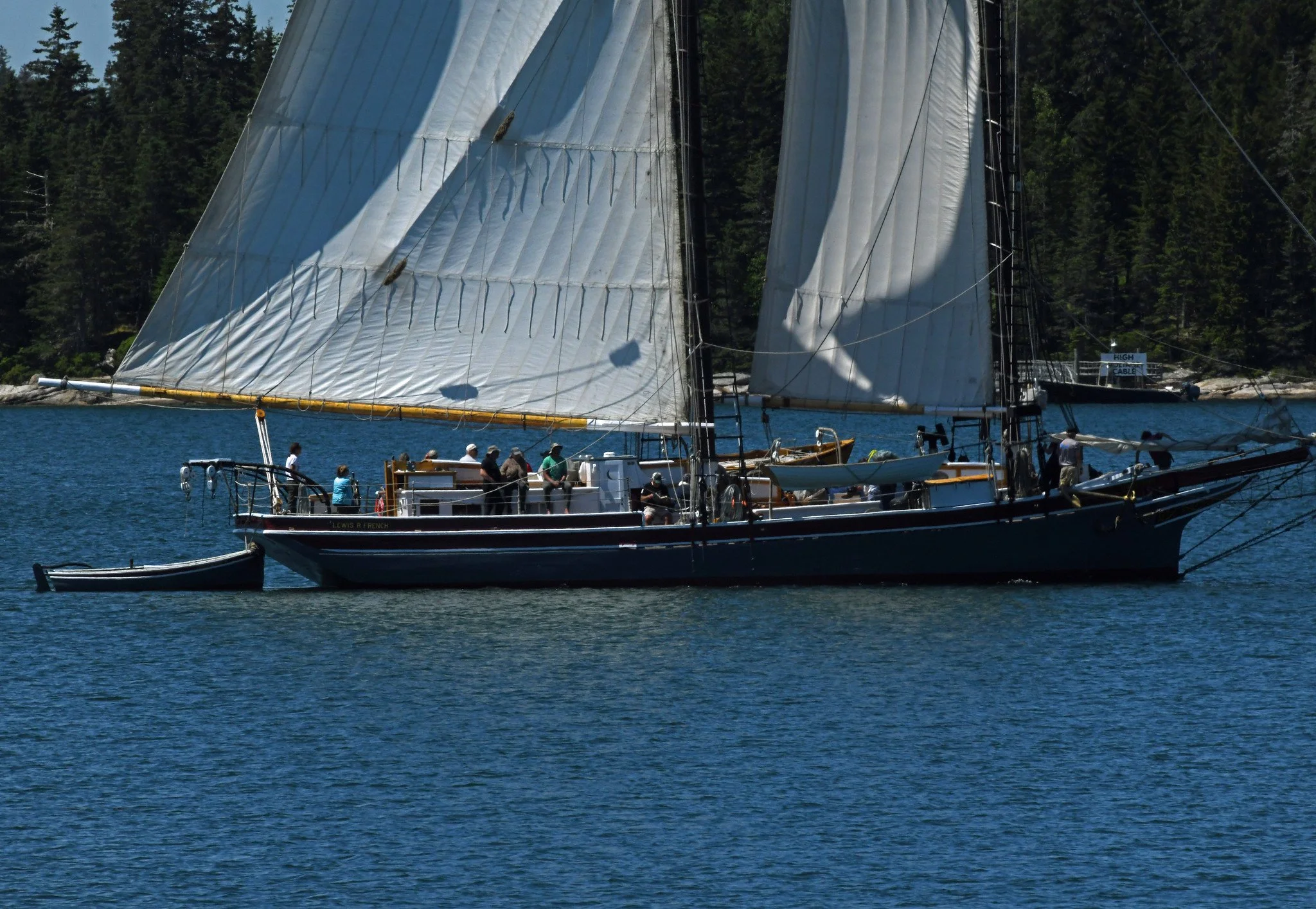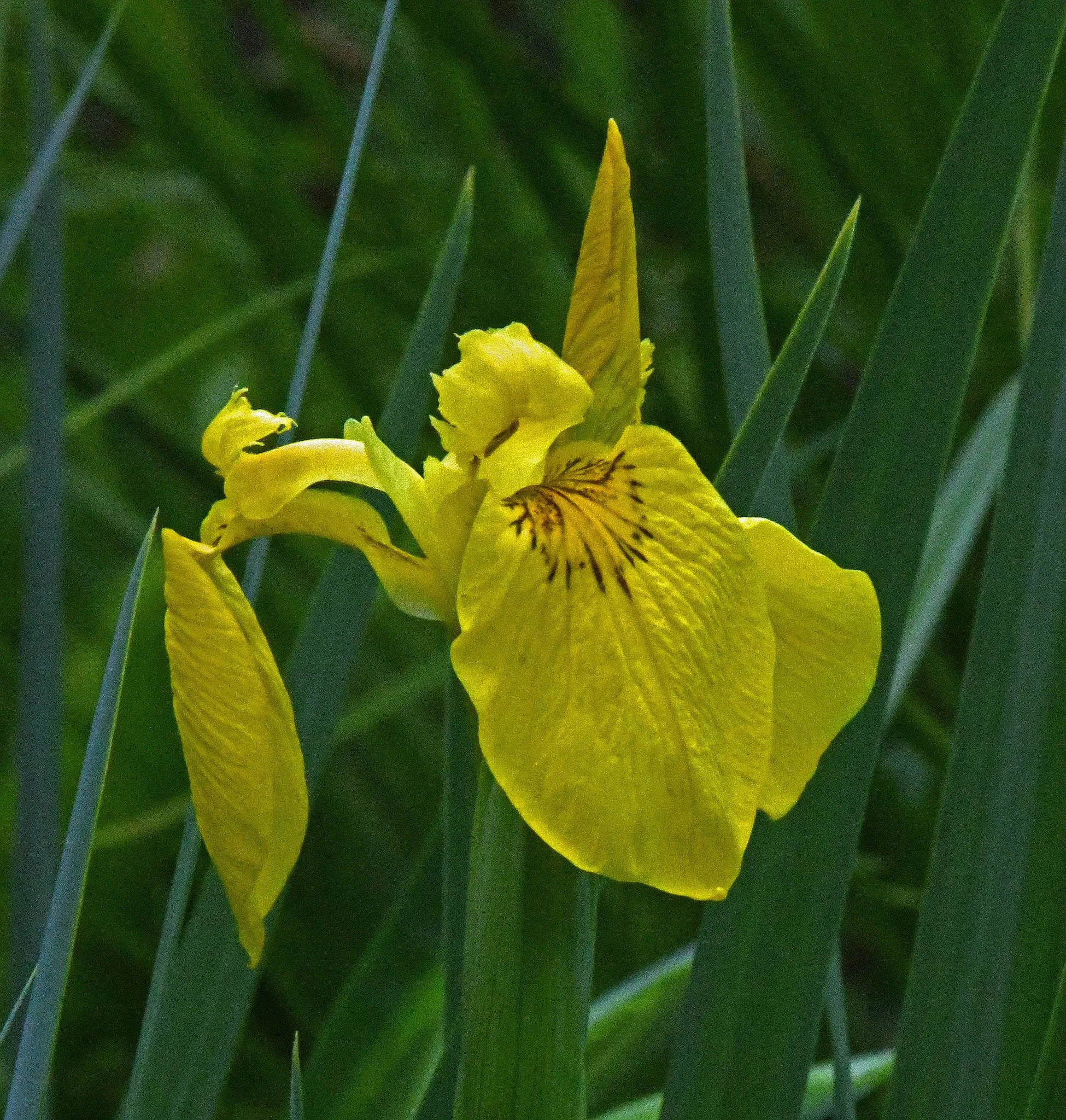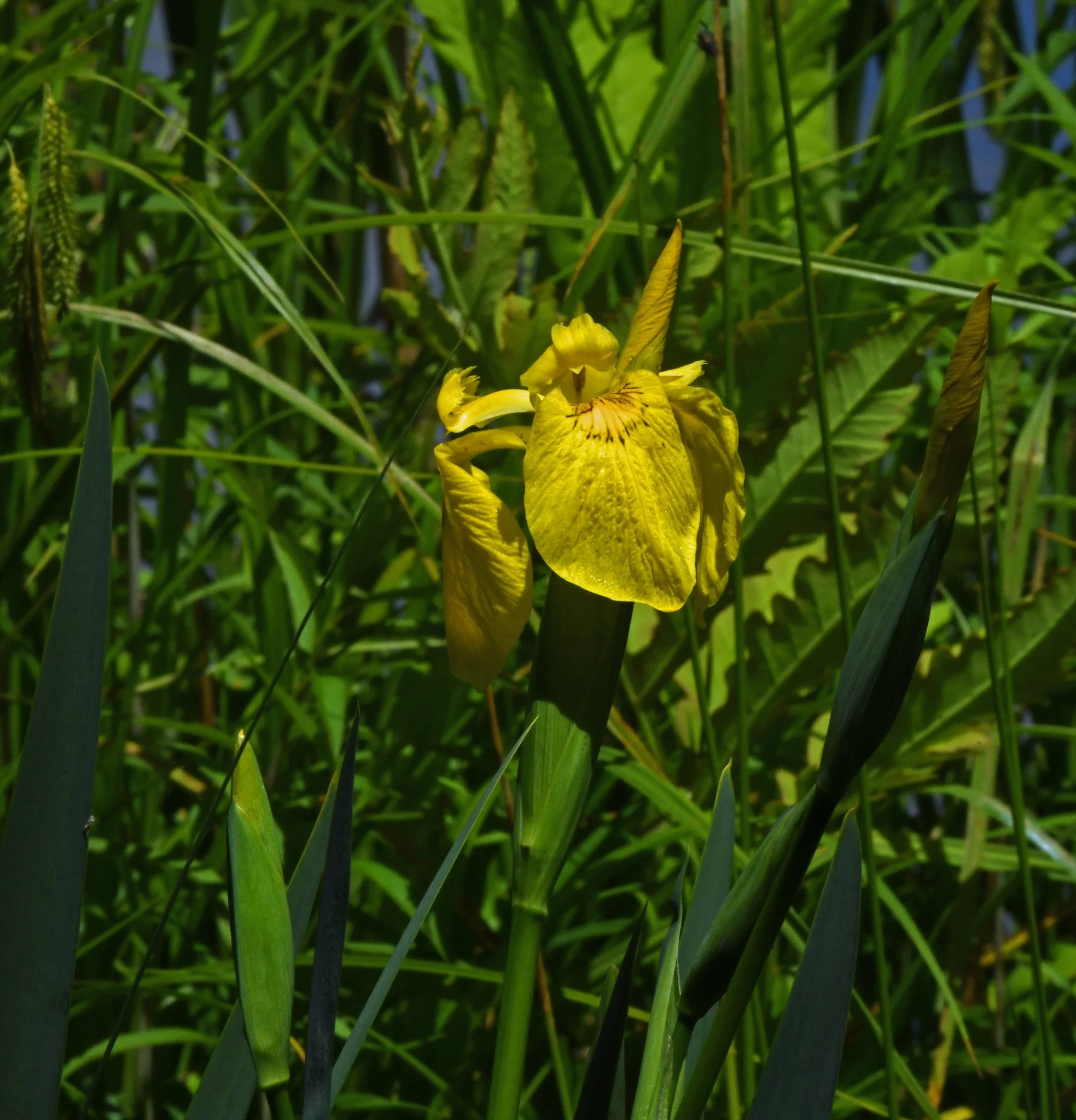Tawney-hued wild daylilies are starting to congregate along our roadsides and elsewhere. They soon will become cheering crowds waving at passing vehicles.
They’re native to Asia, but came here with our earliest European colonists and have since naturalized themselves in North American.
These emblems of high summer are called daylilies because of their trumpet-shaped flowers that often are opened by the touch of the sun and wither overnight. They also are commonly called ditch lilies due to their proclivity to colonize roadside ditches and other sloping surfaces.
Notwithstanding their descriptive names, these tawny wild flowers are lily look-alikes, not members of the lily family (Lilium). Unlike true lilies that grow from delicate bulbs, these wild daylilies (Hemerocallis fulva) grow perennially from tough roots and runners. That means that they can be invasive; think twice about replanting them.
(Images taken in Brooklin, Maine, on July 2, 2022.)


























































































